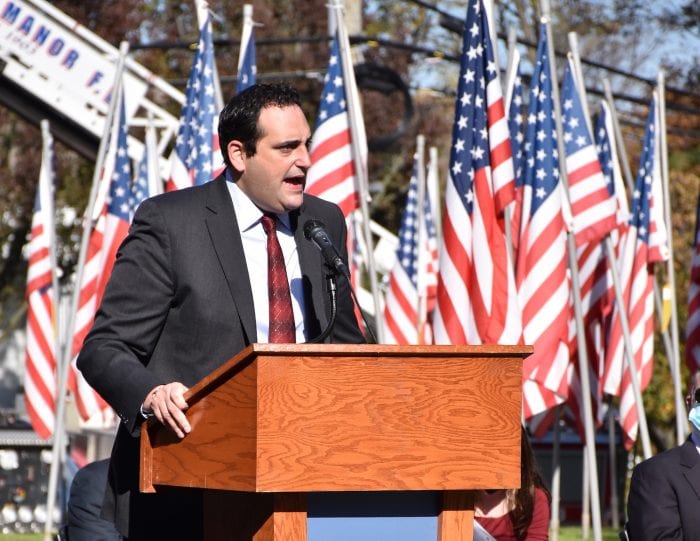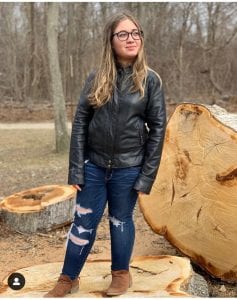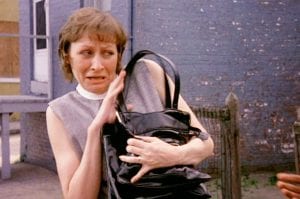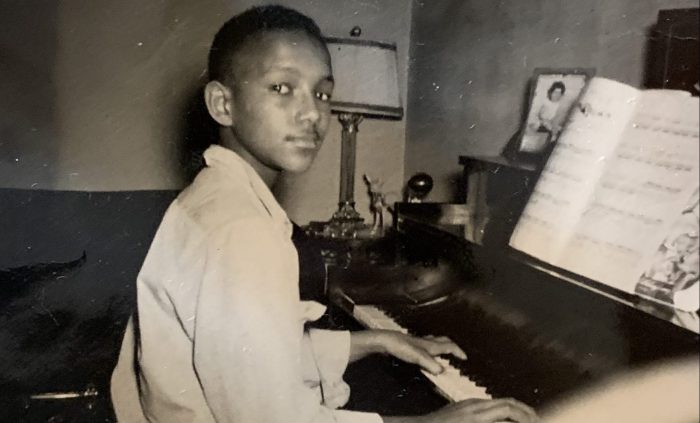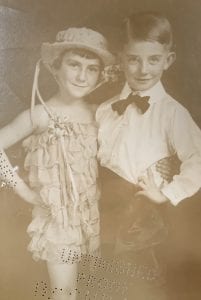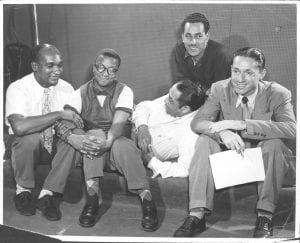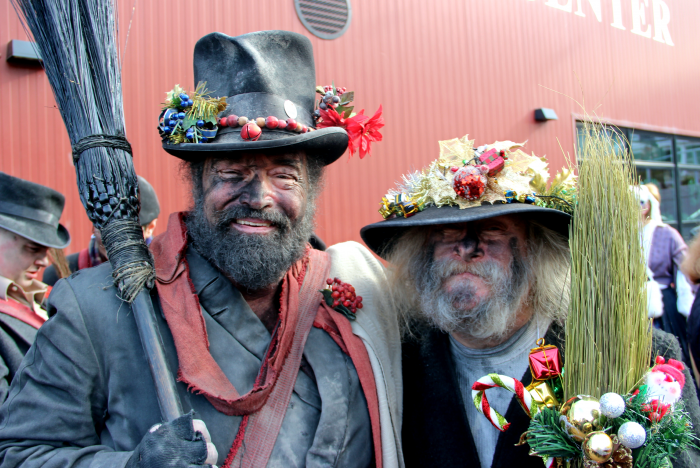By Barbara Anne Kirshner
LIPSTICK — the outward expression of our inward feelings. If we are happy, we choose cheery colors, if we are down we might gravitate toward the more subdued. Lip color also strategically complements our outfits. For the power suit, we go for bold tones; for comfy weekends, we seek naturals. We celebrate the seasons with rich russet and brown shades for autumn, reds for merry winter holidays, pastels for blossoming springtime and bright playful oranges for carefree summer.
Lipstick has been our crowning accessory for centuries starting with Sumerian men and women who created it from natural substances like fruits, henna, clay rust and insects. Mesopotamian women ground precious jewels to add color and shimmer to lips. Egyptians like Cleopatra created striking shades of purple and black from carmine dye derived from grounded cochineal insects.
Through the centuries, lip color has been a barometer for our culture and personal expression.
In the 19th century, only actors and actresses wore it for stage, though not in public. Sarah Bernhardt, the famous actress, was one of the first to wear lip color in public.
By 1920, lip products gained a place in everyday lives of women. James Bruce Mason Jr. created the first swivel tube in 1923 which is still used today. When women gained the right to vote, lipstick was their symbol of feminism.
Lip color gained popularity in the 1930’s heading into the 1940’s when, during World War II, red lips were considered a boost to the morale. Besame’s American Beauty was one of the most popular shades of red.
The 1950’s saw women copying their favorite Hollywood stars like Elizabeth Taylor, Marilyn Monroe and Audrey Hepburn who were glamorously adorned in bold reds. 60% of all teenage girls at the time wore lipstick. Even Queen Elizabeth II got into the craze by creating her own shade to match her coronation robe which was customized by Clarin’s and named after her Scottish country home, The Balmoral.
The 60’s and 70’s saw a variety of lip shades inspired from pop culture. Corals were prominent with Maybelline’s Orange Danger topping the market. Flavored lip products such as Bonnie Bell’s ‘Lip Smackers’ gained popularity especially with the teen market.
Shimmers and glosses were the ‘in’ thing for the 80’s. Bold reds were back as an expression of power dressing. Hot pinks became the rage for the dance crowds and Goth lips for the alternative sub-culture.
In the 90’s environmental consciousness demanded chemical free, more natural formulas for lip products. The big craze of the 90’s was outlining with dark lip pencils and filling in with lighter lipstick. Mac and Urban Decay were born.
Shine and lip glosses were back in the 2000’s. Now, there are endless varieties of lip colors and formulas to match any whim. We can go from that natural look with nudes to outrageous choices like green, yellow and blue.
Lip products evolved into a global multi-billion dollar industry which had been expected to reach 13.11 billion dollars in 2020. This healthy market was on its way to breaking records when COVID hit and we found ourselves shielded behind masks that covered those colorful lips. At first, we continued to paint, but quickly realized not only didn’t anyone see our efforts, but we stained our masks in the process. We were reduced to a simple swipe of clear gloss to moisturize, but no need for anything else.
The lip product market as well as the entire beauty industry drastically fell in 2020 as a result of the pandemic making last year historically one of the worst. McKinsey & Company, a global management consulting firm, predicts makeup sales will continue being soft for the foreseeable future since for a time at least, when consumers return to the workplace, masks will be a required part of the uniform which will further slow lipstick’s recovery.
Anxious for COVID to evaporate as suddenly as it moved in ravaging life as we knew it, we thirst for normalcy. We want to rip off those masks that sequester us from the world so we may once more display our signature look enhanced by every color of the rainbow and then some. We long to return to our creativity applying shines, glosses, sheers, shimmers, creams, frosts, satins, metallics, mattes and pencils. We long for that vibrant or dramatic look that only our old friend lipstick can provide.
BUT until that fateful day we are resigned to — NO LIPSTICK REQUIRED!!

References:
— Gerstell, Emily, Marchessou, Sophie, Schmidt, Jennifer, Spagnuolo, Emma. “How Covid-19 is changing the world of beauty.” McKinsey & Company. May 2020.
— Sengupta, Avipsha. “A Complete History of Lipstick.” Stylecraze.com. October 9, 2020.
— “100 Years of Lipstick: Looking Through Trends Over the Decades.” Beauty Connoisseur.com. October 3, 2019.
Miller Place resident Barbara Anne Kirshner is a freelance journalist, playwright and author of “Madison Weatherbee —The Different Dachshund.”


